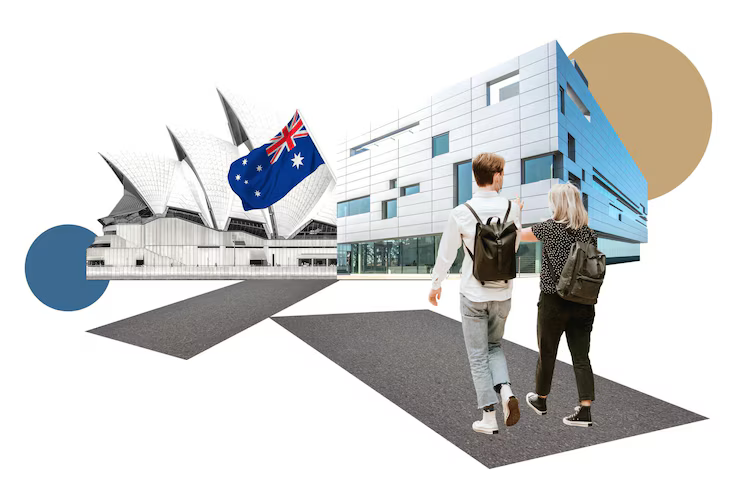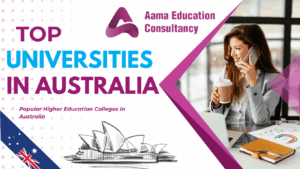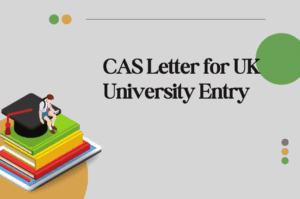1. Australia’s Education System
Australia’s education system is structured in progressive levels, starting from early childhood and moving to university and beyond. Here’s a deeper dive into each stage:
1.1. Primary and Secondary Education
- Primary School (Ages 5–12):
- Begins with Kindergarten or Preparatory (Prep) Year, followed by Years 1 to 6 or 7, depending on the state.
- Focus is on foundational subjects: literacy, numeracy, basic sciences, and social studies.
- School year typically starts in late January or early February and ends in December, with breaks in between terms.
- Secondary School (Ages 12–18):
- Junior Secondary (Years 7–10): Broad curriculum including English, Math, Science, Humanities, and electives.
- Senior Secondary (Years 11–12): Prepares students for tertiary education or workforce.
- Students take national exams, like the HSC (NSW), VCE (Victoria), or ATAR ranking system for university entry.
1.2. Vocational Education and Training (VET)
- VET programs provide practical, job-oriented training for industries like:
- Trades (electrician, plumber)
- Hospitality and Tourism
- Business and IT
- Qualifications:
- Certificates I-IV: Entry-level to intermediate skills.
- Diplomas (1–2 years): More in-depth training.
- Advanced Diplomas: For more technical/managerial roles.
- Delivered through:
- TAFE (Technical and Further Education) institutes.
- Registered Training Organizations (RTOs).
1.3. Higher Education
- Higher education is provided mostly by universities and includes:
- Undergraduate degrees (Bachelor’s): Typically 3–4 years.
- Postgraduate degrees:
- Master’s programs: 1–2 years.
- Doctoral (PhD): 3–4 years of research.
- Australia has 41 universities, with most being publicly funded.
1.4. English Language Schools
- For students who need to improve their English before starting formal education.
- Programs include:
- General English
- English for Academic Purposes (EAP)
- IELTS/TOEFL preparation
- Accredited through ELICOS (English Language Intensive Courses for Overseas Students).
2. Types of Education Institutions in Australia
2.1. Universities
- Offer accredited degrees (Bachelor, Master, Doctorate).
- Known for research, innovation, and quality teaching.
- Top universities include:
- University of Sydney
- University of Melbourne
- University of Queensland
- University of Western Australia
2.2. VET Providers
- Focus on hands-on learning and job-ready skills.
- TAFEs and RTOs are spread across all states.
- Examples:
- TAFE Queensland
- Box Hill Institute
- Melbourne Polytechnic
- Examples:
2.3. ELICOS
- Specialize in teaching English to international students.
- Often required as a pathway to university or VET studies.
2.4. Private Colleges
- Offer niche or specialized courses (e.g., fashion, design, culinary arts, business).
- May provide both VET and higher education qualifications.
- Often smaller and more industry-focused.
3. Visa Categories for International Students
🛂 3.1. Student Visa (Subclass 500)
This is the most common visa for international students who want to study full-time at a recognized institution in Australia.
✅ What this visa lets you do:
- Study full-time in Australia in an approved course.
- Work part-time: Up to 40 hours every 2 weeks during study periods and unlimited hours during official school holidays.
- Include family members (partner or children) in your visa application.
- Stay in Australia for the duration of your course (plus a little extra time before and after your studies).
📋 Who can apply:
- Must be enrolled in a CRICOS-registered course (e.g., university, college, TAFE).
- Must meet English language requirements (e.g., IELTS, TOEFL, PTE).
- Must show proof of sufficient funds to pay for:
- Tuition fees
- Living costs (about AUD $21,041/year)
- Travel expenses
- Must have Overseas Student Health Cover (OSHC) for the full duration of your stay.
- Must meet health and character requirements.
📆 Processing time: Usually 1–3 months, depending on your country and situation.
👨🎓 3.2. Temporary Graduate Visa (Subclass 485)
This visa is for students who have recently graduated from an Australian institution. It allows them to live, work, and study in Australia temporarily after graduation.
✅ What this visa lets you do:
- Stay in Australia to work full-time after completing your studies.
- Apply for jobs related to your degree or skillset.
- Gain work experience that may help you apply for Permanent Residency (PR) later.
🧾 Streams within this visa:
- Graduate Work Stream:
- For graduates with skills in demand (listed on the Medium and Long-Term Strategic Skills List).
- Usually for those who completed a Diploma or Trade Qualification.
- Valid for 18 months to 2 years.
- Post-Study Work Stream:
- For graduates with a Bachelor’s, Master’s, or PhD from an Australian institution.
- You must have applied for and held a Student Visa (subclass 500).
- Valid for:
- 2 years: Bachelor’s
- 3 years: Master’s
- 4 years: Doctoral (PhD)
🎯 Eligibility:
- You must apply within 6 months of completing your course.
- You need a valid English test and health insurance.
👨👧 3.3. Student Guardian Visa (Subclass 590)
This visa is for a parent, legal guardian, or relative who wants to accompany a student under 18 years of age in Australia.
✅ What this visa lets you do:
- Stay in Australia as a guardian while the student is studying.
- Take care of one or more students under 18.
- Study short courses (up to 3 months).
- You are not allowed to work on this visa.
📋 Who can apply:
- Must be the student’s parent, legal custodian, or relative (over 21 years old).
- Must have enough funds to support yourself and the student.
- Must meet health and character requirements.
4. Financial Requirements for Studying in Australia
4.1. Tuition Fees
- Vary by program and institution:
- VET: AUD $4,000 – $22,000/year
- Undergraduate: AUD $15,000 – $33,000/year
- Postgraduate: AUD $20,000 – $37,000/year
4.2. Living Costs
- Students must show they can support themselves:
- Accommodation: AUD $400 – $1,200/month
- Food & Transport: AUD $300 – $600/month
- Other: AUD $200 – $500/month
- The government recommends budgeting AUD $21,041/year minimum for living expenses.
4.3. Health Insurance (OSHC)
- Mandatory for international students.
- Covers medical care, hospital costs, and emergency ambulance.
- Cost: AUD $400 – $800/year.
5. Scholarships and Financial Aid
Australia Awards Scholarships
- Funded by the Australian Government.
- Available to students from Asia, Pacific, Africa, and the Middle East.
- Covers tuition, living allowance, and airfare.
University Scholarships
- Based on academic excellence, sports, or financial need.
- Check each university’s international office for details.
Endeavour Leadership Program
- Aimed at high-performing postgraduate students and researchers.
6. Post-Graduation Opportunities
6.1. Work Rights for Graduates
- After completing studies, students can apply for the Temporary Graduate Visa (Subclass 485).
- This helps gain professional experience, which is beneficial for future job or residency applications.
6.2. Permanent Residency (PR)
- Many graduates pursue PR through:
- General Skilled Migration (GSM) program.
- Skilled Independent Visa (subclass 189): Based on points (age, education, experience).
- Skilled Nominated Visa (subclass 190): Requires nomination by an Australian state/territory.
7. Key Counseling Tips for Advisors
- Understand student goals: Tailor advice based on their background and future plans.
- Stay informed: Visa rules and education policies can change—always check the Department of Home Affairs website.
- Support cultural adaptation: Encourage involvement in social and extracurricular activities to help students settle and thrive.
Conclusion
Australia remains a top destination for international students because of:
- High-quality education
- Clear migration pathways
- Rich multicultural society
- Ample post-study work opportunities




